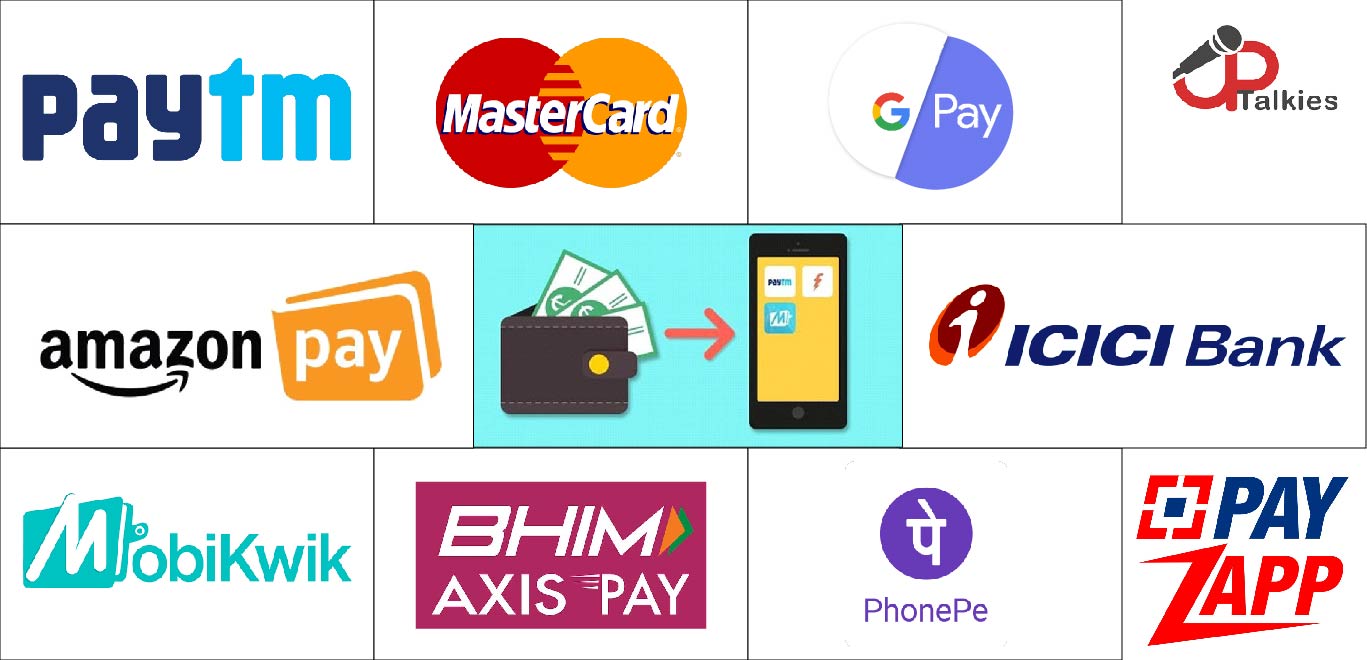Google, Paytm spat a precursor to several more
On September 19, Google suddenly removed from its Play Store the online payment application, Paytm, country’s largest digital payments company, citing breach of its anti-gambling policy. It also dropped Paytm fantasy gaming app, Paytm Games First, hours before start of the first match in the IPL2020 season. Paytm protested vehemently and worked furiously behind the scenes reaching out to the government and other heavyweights to challenge the ban, saying cash backs are not gambling. A few hours later, Google was forced to eat a humble pie and restore the payment app. Paytm’s CEO Vijay Shekhar Sharma tweeted and reiterated that giving cashback was not indulging in gambling. “India, you decide if giving cash back is gambling. Flag of India,” he tweeted after the application had been restored. Google said that the suspension came because of Paytm Cricket Lounge, a sticker game, that was launched hours before the IPL debuted. The game promises cashback of INR 100,000 and players will have to collect stickers after transactions for which Paytm will give cashback. In order to have the apps back quickly on the Play Store, Paytm agreed to drop the cashback feature, while maintaining that cashbacks were not gambling and that Google Pay itself offered cash backs. Though a ceasefire has been reached between one of the biggest BigTech firms and India’s digital payments market leader, the war is far from over. Google Pay has been trying to increase its market share in India, its largest potential market, but faces several rivals, not just locals, but also from back home as Apple and Facebook’s WhatsApp are also in the play.
Practically all the major payment systems and platforms from across the globe have already converged on India and the reason is obvious. Digital payments in the country are likely to jump three-fold to INR 7092 trillion (USD 95 trillion) in the next five years, largely due to the growing digitisation of the market as well as the government’s moves towards increasing financial inclusion of the country’s poorer population.
Within the digital space, it is mobile payments that are set to grow the fastest. A report by Bangalore-based RedSeer Consulting, said that the number of unique mobile payment users in the country would grow from the current 160 million to about 800 million by 2025, a five-fold growth. The share of mobile payments in the total digital payments market will increase from the current 1 pc to 3.5 pc in five years, the report says.
A large chunk of the growth would come from enhancing the number of establishments that accept digital or mobile payments, with especially large scope for growth in the rural market which remains overwhelmingly cash driven.
A significant push to the digital has come from an entirely unexpected quarter – the Covid-19 pandemic. The fear of catching the infection from used currency notes, most people have started using only digital payments, avoiding cash entirely. Within the digital payments, it is mobile payment which has benefitted the most as it is the only payment mechanism that is entirely contactless, while most of the payment cards are still driven by a manually-fed secret code which the user has to enter in the payment terminal. A recent report by consultancy firm PricewaterhouseCoopers (PWC) says that the government-run payment systems like UPI or Bharat QR have ensured last mile connectivity with small merchants, vegetable vendors or even tea hawkers.
Lured by the potential growth, the country’s digital payments market has been the centre of attention for new players as well as global venture capital and private equity funds as well. Besides Google, US retailer Walmart also has a footprint in India through its popular consumer app Phone Pe. In addition, e-commerce giant Amazon has also ventured in the country as has Cupertino-based Apple, while social media giant Facebook is preparing to enter the market with its popular messaging service WhatsApp that has already applied for all regulatory clearances to start a digital payment service in the country.
PwC says that the global giants have focused on building a large network of consumers and merchants and enhancing user engagement by expanding in-app features and offering cashback rewards. Google Pay and PhonePe have kept their lead as the most popular UPI payment apps, based on the number of UPI transactions completed through their apps in 2019. Together, the two apps handled over 7 billion transactions, representing more than two-thirds of UPI transactions in 2019, PwC says. In contrast, Paytm’s UPI transactions volumes were underwhelming, although the company holds a substantial share in wallets. For PhonePe, wallet transactions are insignificant, whereas Google Pay does not offer non-UPI payment methods. Amazon Pay, which entered the UPI space in mid-2019, has yet to match the popularity of the three UPI incumbents, but Amazon is pouring in millions of dollars to scale up its payment businesses. PwC adds that with the entry of Facebook imminent, these five big firms are likely to dominate the scenario along with Paytm. With the big boys in the play, expect many more scraps to occur in the next 4-5 years as the market stabilises.










